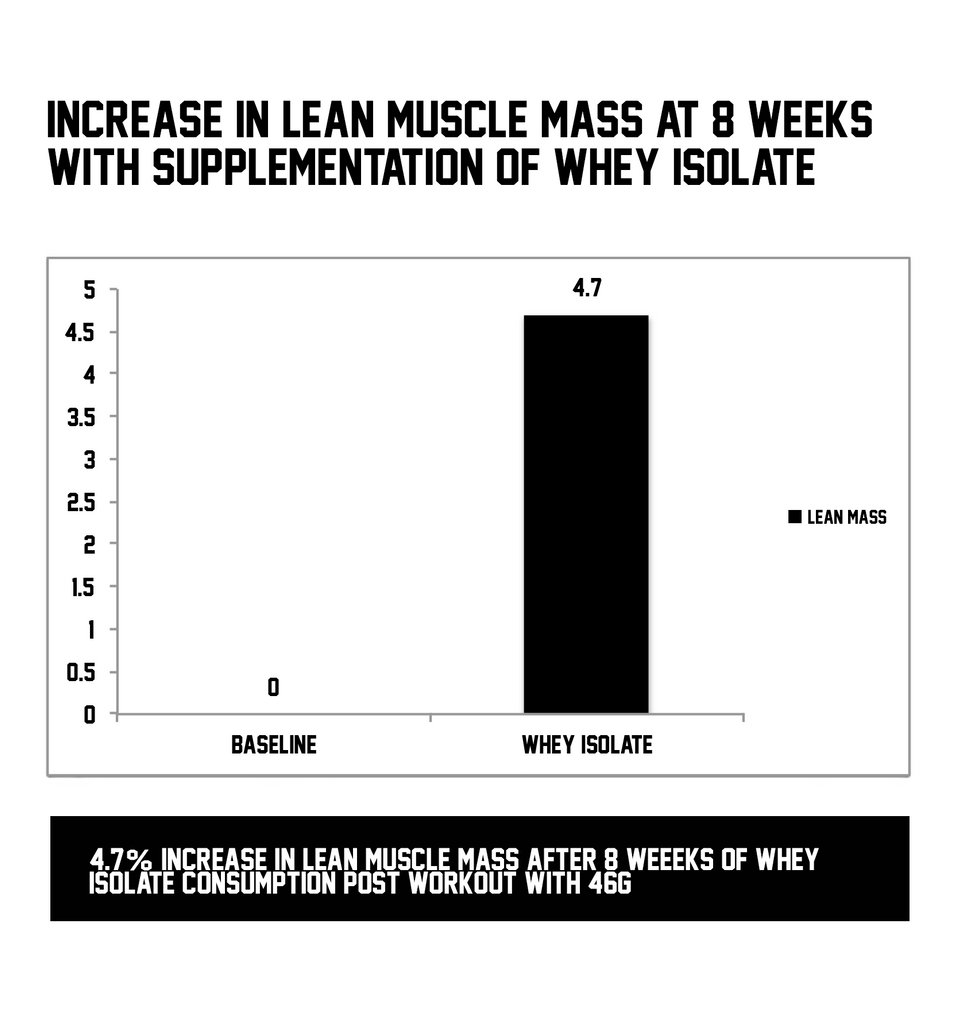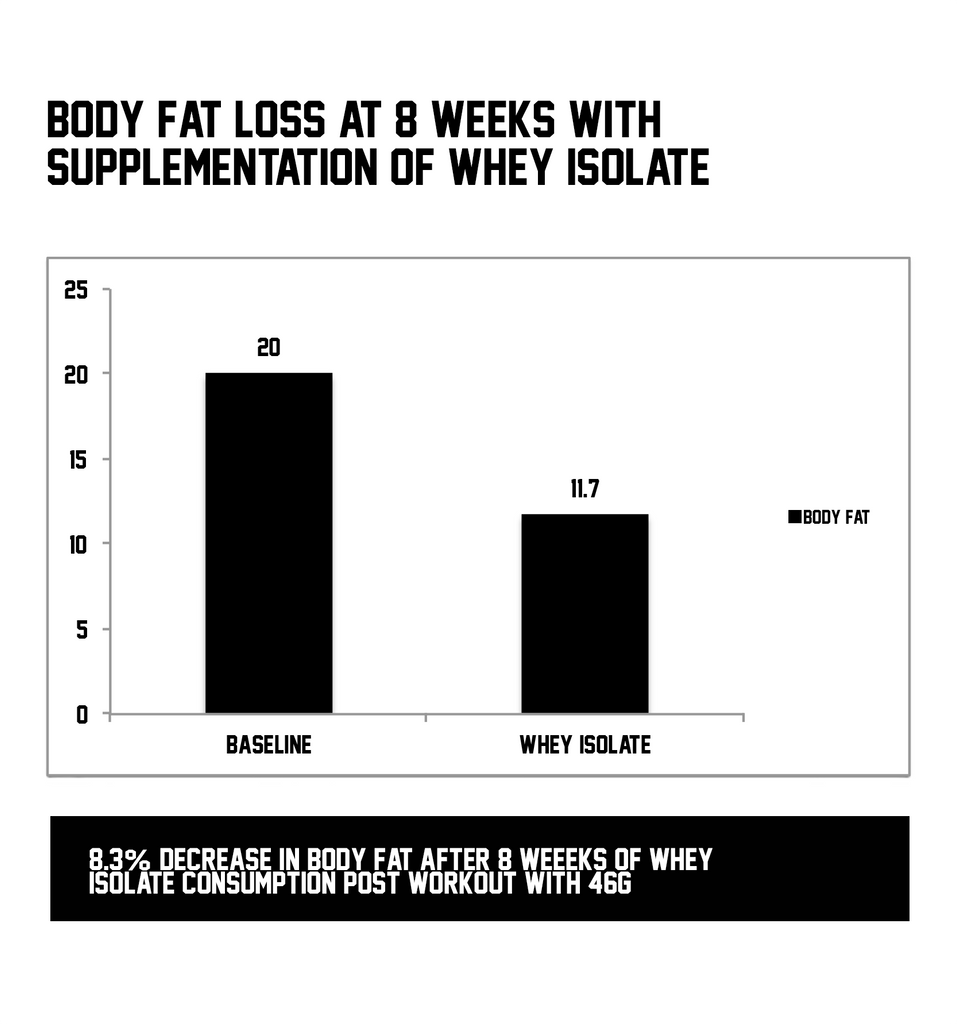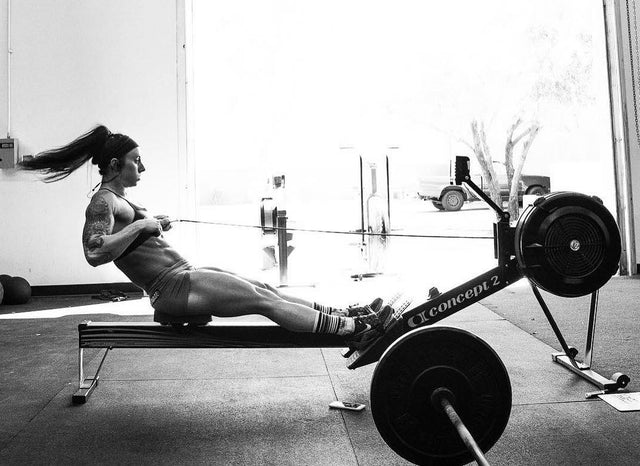STUDY DESIGN
Double-Blind Controlled Trial
Author information The University of Tampa, Tampa FL Sharp M, Shields K, Lowery R, Lane J, Partl J, Holmer C, Minevich J, Souza E, Wilson J
BACKGROUND
The purpose of this study was to determine the effects of post-exercise consumption of two servings of whey isolate, compared to a maltodextrin control on lean mass and strength during 8 weeks of resistance training.
METHODS
Thirty college-aged, resistance-trained males and females were randomly assigned to one of the treatment groups. Subjects consumed two servings (46g) of whey protein isolate or maltodextrin. Subjects trained 5 days per week (3 resistance training, 2 cardio) for 8 weeks as a part of a daily undulating periodized resistance-training program. Two servings of protein were consumed immediately following exercise or at a similar time of day on off days. Dual-emission x-ray absorptiometry (DXA) was used to determine changes in body composition. Maximum strength was assessed by one-rep-max (1RM) for bench press (upper body) and deadlift (lower body). A two-way ANOVA with repeated measures model was used to identify the group, time, and group by time interactions. The significance level was set at p < 0.05
RESULTS
Whey protein isolate lead to a significant increase in lean body mass (4.7%) compared with baseline (p < 0.0001). Fat loss was also significantly decreased at 8 weeks compared to baseline for whey isolate at 8.3% respectively (p < 0.0001). 1RM both deadlift and bench-press were both significantly increased for all treatment groups when compared to baseline. Therefore whey protein isolate can help with optimizing body composition.


adapted from the Journal of the international society of sports nutrition
DOWNLOAD THE CLINICAL STUDY BELOW








